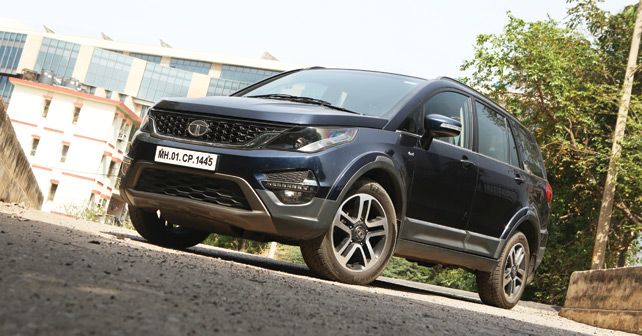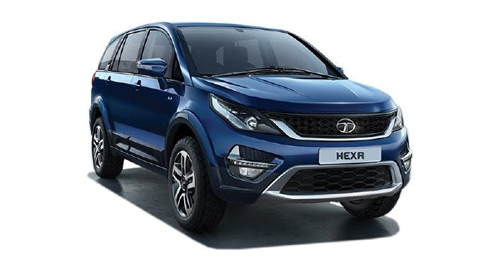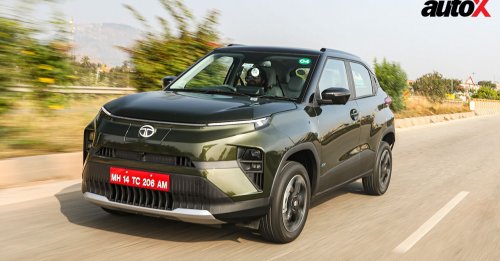
Brute force
At 2.28 tonnes, the Hexa is a lot of metal to be hauling around. Of course, Tata Motors knew what they were dealing with here. And to ensure the Hexa’s engine had enough grunt for the task, they reworked their 2.2 litre, four-cylinder, turbocharged, intercooled engine for 154bhp and 400Nm. But there is no getting away from the fact that this is a heavy vehicle. So, if you try to demand a surge of power before the turbo fully spools, you’ll have to change gear. The good part is that the powertrain has been tuned very well for off-boost driving conditions. The Hexa accelerates in a very linear manner from as low as 900rpm! So, driving slowly or at moderate pace in traffic is convenient.
At 1,500rpm, the turbo begins to spool and you begin to get power, but once peak torque kicks in at 1,700rpm, the Tata Hexa receives a locomotive like pulling power. With the Varicor 400 motor, the Hexa has more than enough grunt for spirited driving. Body control is quite good too, except for body roll around high speed bends – as is expected from a vehicle of this type. Meanwhile, the four-disc brakes do a great job of reining-in all that power.
I have been thoroughly enjoying the varied nature of the Hexa’s powertrain. I have noticed, however, that like almost all digital fuel gauges, the Hexa’s is inconsistent, especially if you park over an incline in reverse. It can take some time for the gauge and distance-to-empty indicator to recover.

























Write your Comment